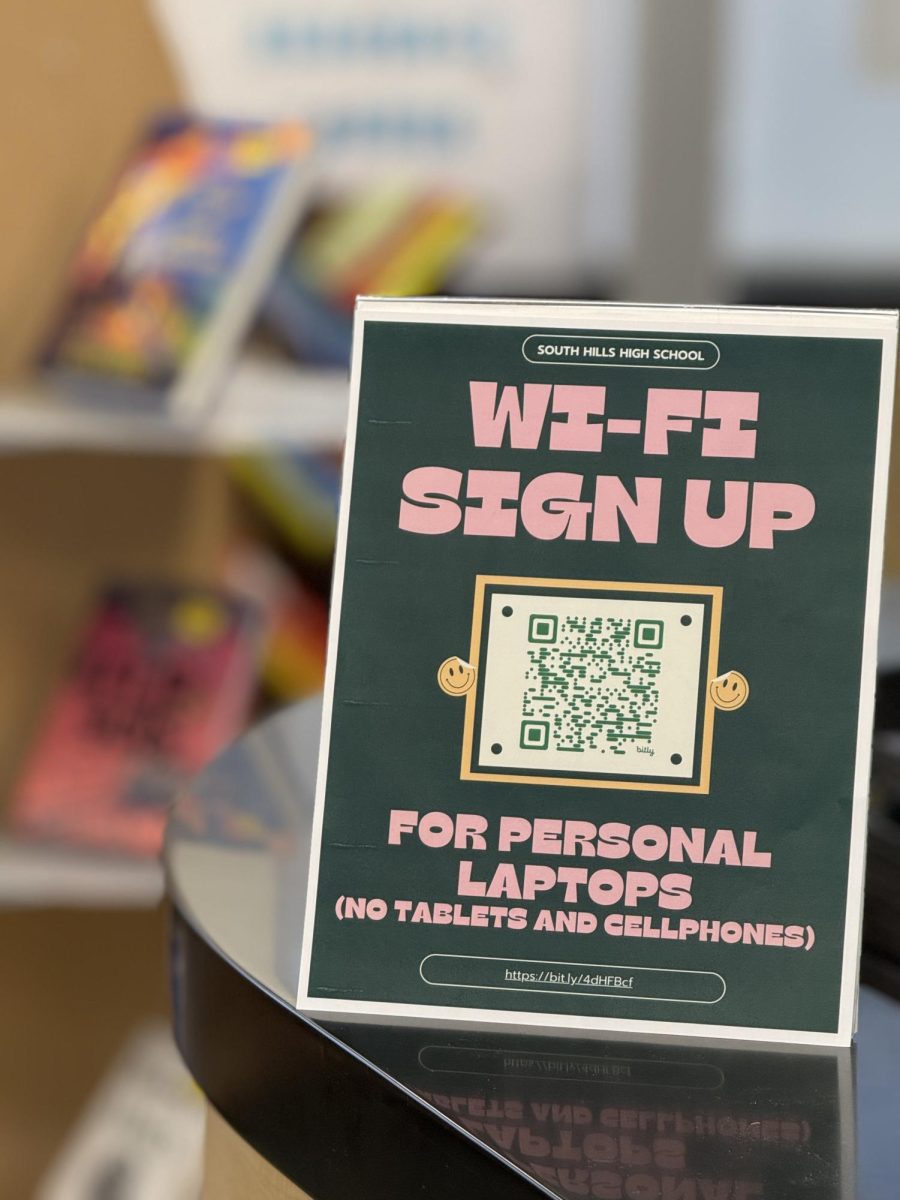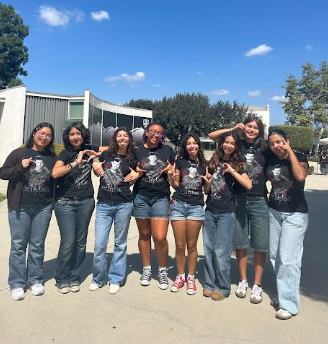Mobile phone usage has significantly grown amongst recent generations, particularly in school. Many argue that the rise of mobile technology has increasingly diverted students’ attention away from learning, creating distractions in the classroom rather than enhancing engagement. These disturbances have resulted in some schools implementing rules on usage during the school day.
Many students are unable to get off their phones during class. Common Sense Media research points out that 97% of students use their phone during school hours.
“During school hours (Monday through Friday, 8 a.m. to 3 p.m., excluding holidays), 97% of participants used their phones, for a median of 43 minutes (ranging from less than one minute to six and a half hours),” Common Sense Media said.
These huge numbers have sparked significant concerns from both educators and parents alike. Politicians have even voiced their frustrations over this ongoing issue, including Governor Newsom, who has advocated for the importance of cell phone restrictions.
“Combined with the U.S. Surgeon General’s warning about the risks of social media, it is urgent to provide reasonable guardrails for smartphone use in schools,” Newsom said.
On September 23, 2024, Governor Newsom signed an assembly bill, “Phone-Free School Act”, to require school districts to adopt a method to prohibit phone usage by July 1, 2026.
In California, more schools have since initiated a variety of methods for less phone usage during classes. One of these methods is the Yondr pouch. A secure and locked pouch for phones to be stored in during school hours.
Administrators or other school staff will hand one of these pouches to a student to store and lock up their phone with a special magnetic device. At the end of the school day, the pouch is then unlocked and given back to the student.
Mixed reviews have been revealed about the product, debating if these magnetic pouches truly work or are a waste of money. A variety of schools have already faced issues and non-issues alike. Some teachers have seen improvements in participation from students, while others experience some students creating their plans to avoid the rule. Some students are replacing their phones with another item to replicate its shape, while others have entirely gotten through and opened these bags.
The Los Angeles Unified School District or LAUSD has installed a ban on cellphones in classrooms. Allowing campuses to choose to have phones locked up in special containers purchased by the district or instruct students to store them in their backpacks. The policy allows for some exceptions, including students who need phones for translation purposes or learning disabilities.
Superintendent of LAUSD, Alberto Carvalho, explained that the new policy is implemented in hopes of restoring concentration and socialization in classrooms.
“Students will be able to actually lift their faces from their cell phones and visually, socially interact with their age-appropriate peers in their schools,” Carvalho said.
While this method has worked for schools within LAUSD, Covina-Valley Unified School District has allowed teachers to create personal rules within their classrooms. Sherry Beemer, a math teacher at South Hills High School, mandates all of her students place their phones in pockets at the beginning of class. She strongly believes that without cell phones a student can actively pay attention to the material they are being taught.
“So many teenagers are addicted to their phones in an unhealthy way. I think it’s not only productive to force them to take a break from this, but our duty as adults and educators…Forcing students to step away from their phones improves their focus and concentration in class,” Beemer said
The effectiveness of these methods remains debatable. Ultimately, whether such restrictions succeed depends largely on faculty members’ ability to enforce the rules.







